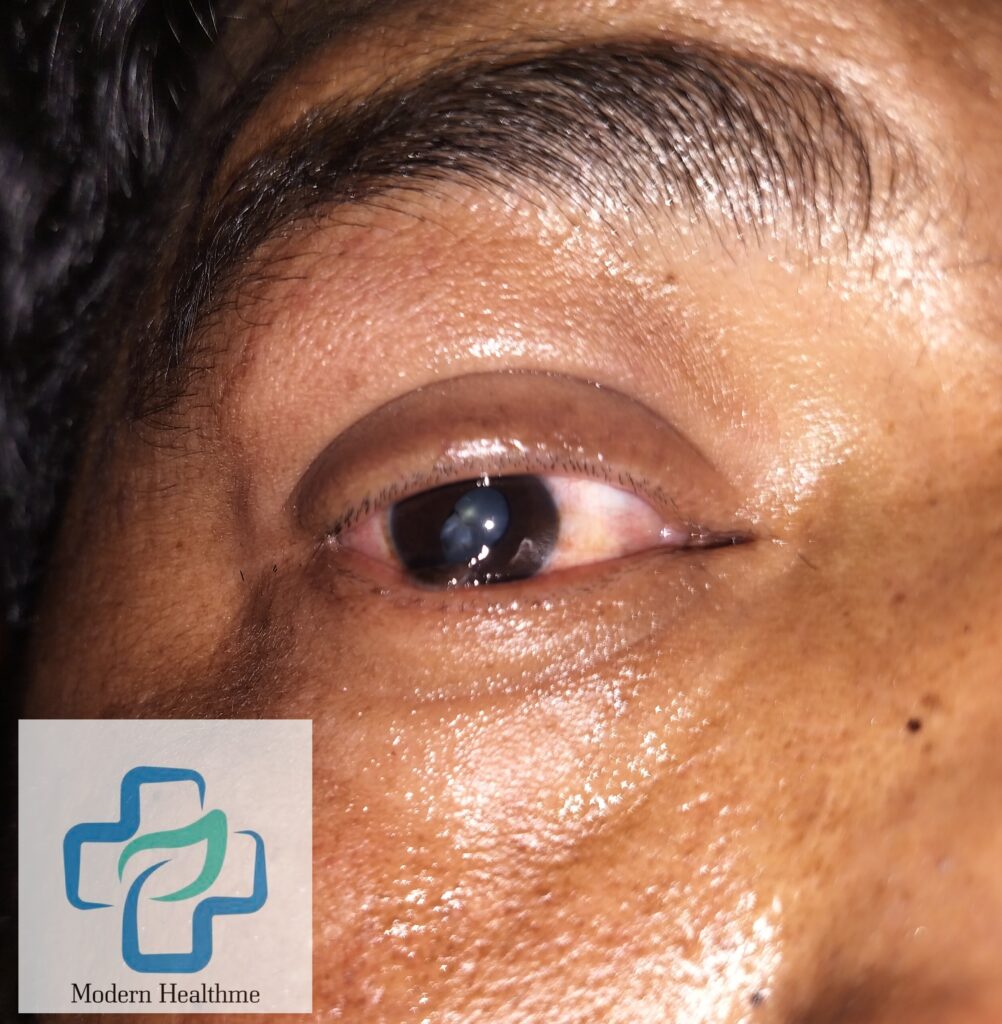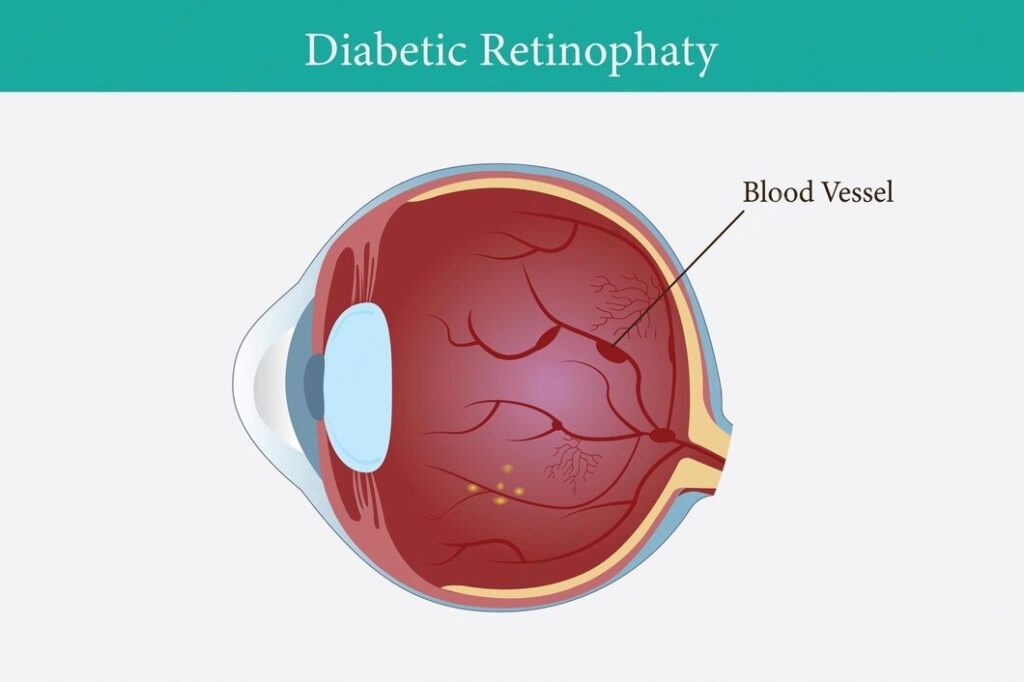Traumatic Cataract;
Overview
A traumatic cataract, also known as a rosette cataract, is a type of cataract that forms after an eye injury. Cataracts cause clouding of the eye’s lens, leading to vision problems. Unlike age-related cataracts, traumatic cataracts can develop quickly after an injury.
Case Presentation
A 35-year-old man was hit in the eye during by an foreign body during his painting work. He experienced pain initially, but it subsided. A few days later, he noticed blurry vision in that eye. An eye exam revealed a traumatic cataract.

Causes
Traumatic cataracts can be caused by:
- Blunt injury: A hit or blow to the eye can damage the lens, leading to cataract formation.
- Penetrating injury: Objects like glass, metal, or wood that pierce the eye can directly damage the lens.
- Radiation: Exposure to high levels of radiation, such as from x-rays or other medical treatments, can damage the lens.
- Electric shock: Electric injuries can affect the eye, causing cataracts to develop.
Signs and Symptoms
Early Symptoms
- Blurry vision: The cloudiness of the lens causes images to become unfocused.
- Sensitivity to light: Bright lights may cause discomfort or glare.
- Seeing halos around lights: Rings or halos may appear around sources of light, especially at night.
- Trouble seeing at night: Low light conditions can make it hard to see clearly.
Advanced Symptoms
- Cloudy or foggy vision: The vision may become like looking through a foggy window.
- Double vision in one eye: Seeing two images instead of one, only in the affected eye.
- Colors appearing faded: Colors may look less vibrant and more washed out.
Diagnosis
Doctors diagnose traumatic cataracts through:
- Eye examination: A general check-up of the eye to assess overall health.
- Slit-lamp examination: A microscope with a bright light is used to closely examine the front part of the eye, including the lens.
- Dilated eye exam: Eye drops are used to enlarge the pupil, allowing the doctor to see more of the inside of the eye, including the lens and retina.
Treatment
Non-Surgical Options
- Glasses or contact lenses: These can help improve vision temporarily but do not fix the cataract.
- Eye drops: Sometimes prescribed to reduce inflammation or manage other symptoms, but they do not remove the cataract.
Surgical Options
- Cataract surgery: This is the most effective treatment. The cloudy lens is removed and replaced with an artificial lens. The surgery is usually quick and performed on an outpatient basis.
Complications
If left untreated, traumatic cataracts can lead to:
- Complete vision loss: The clouding of the lens can become so severe that it leads to blindness.
- Glaucoma: Damage from the injury can increase eye pressure, leading to glaucoma.
- Retinal detachment: Trauma can cause the retina to separate from the back of the eye, which is a serious condition that can lead to vision loss.
- Infection: Injuries that cause cataracts can also introduce infections, which can further damage the eye.
Prevention
Safety Measures
- Protective eyewear: Wearing safety goggles during sports, construction work, or other hazardous activities can protect your eyes from injuries.
- Avoiding eye injuries: Being cautious in situations where eye injuries could occur, such as handling sharp objects or chemicals.
Conclusion
Traumatic cataracts can severely impact vision and quality of life. Early detection and treatment are crucial to prevent complications. If you experience an eye injury, it is important to see an eye doctor promptly to assess any damage and take appropriate action. Regular eye check-ups can also help in early detection and management of any vision problems.
Read more:
